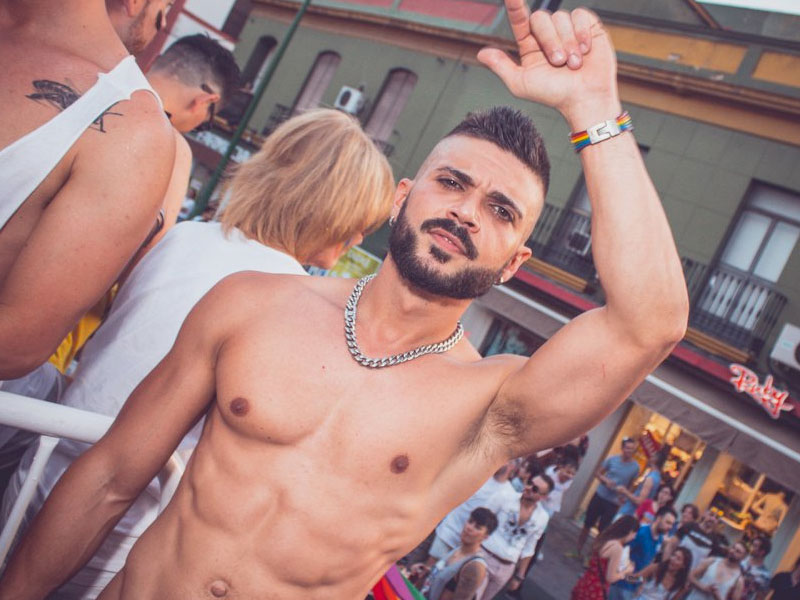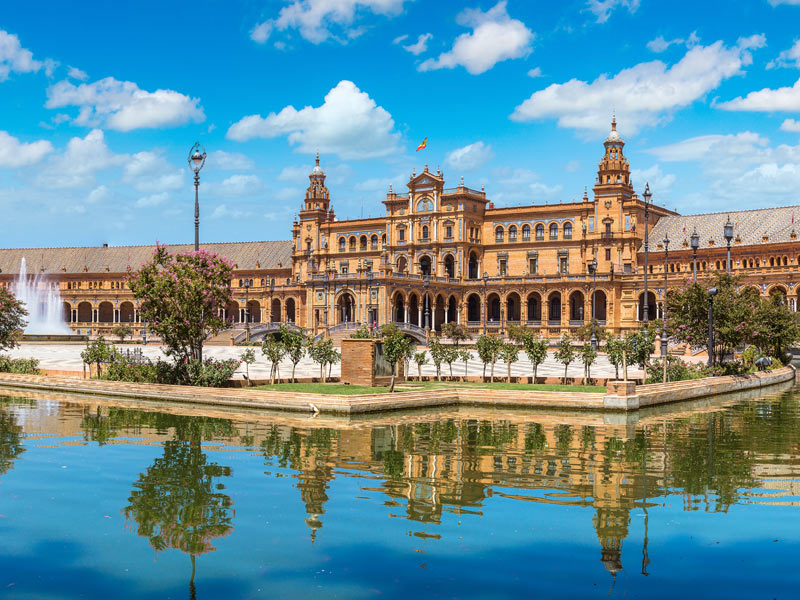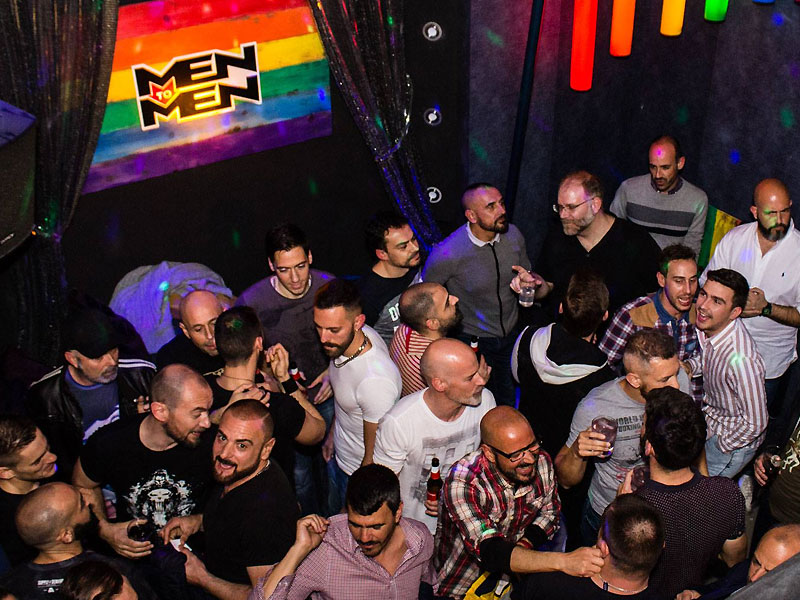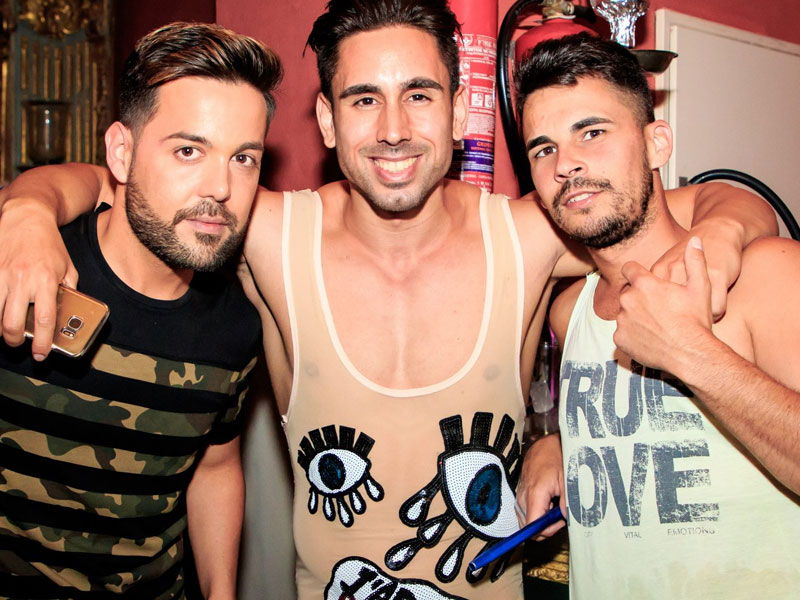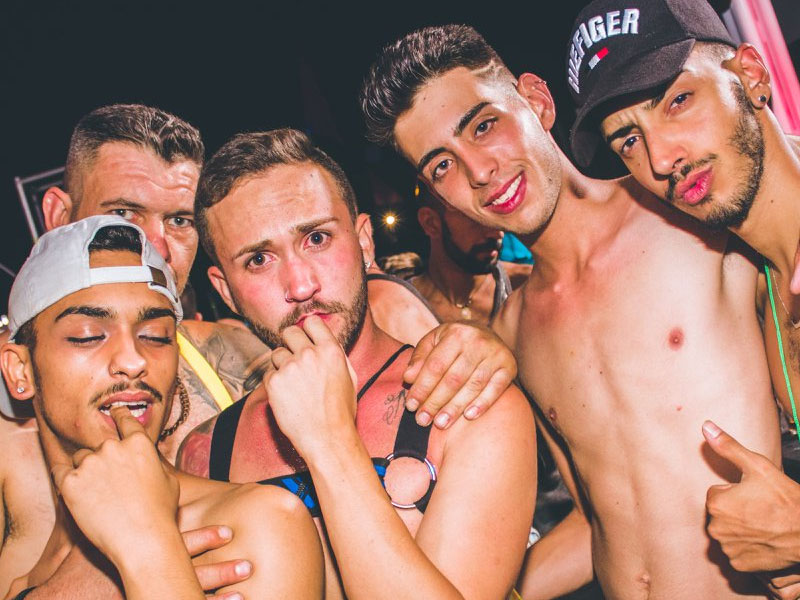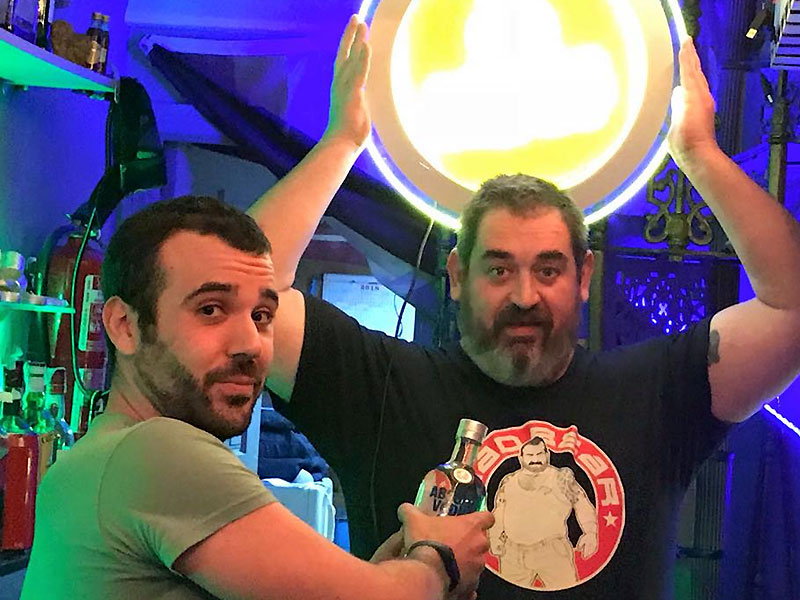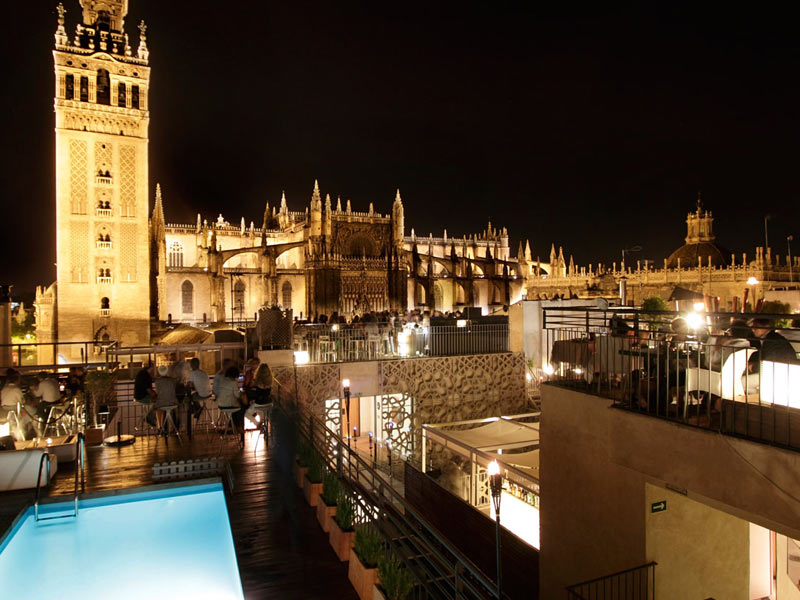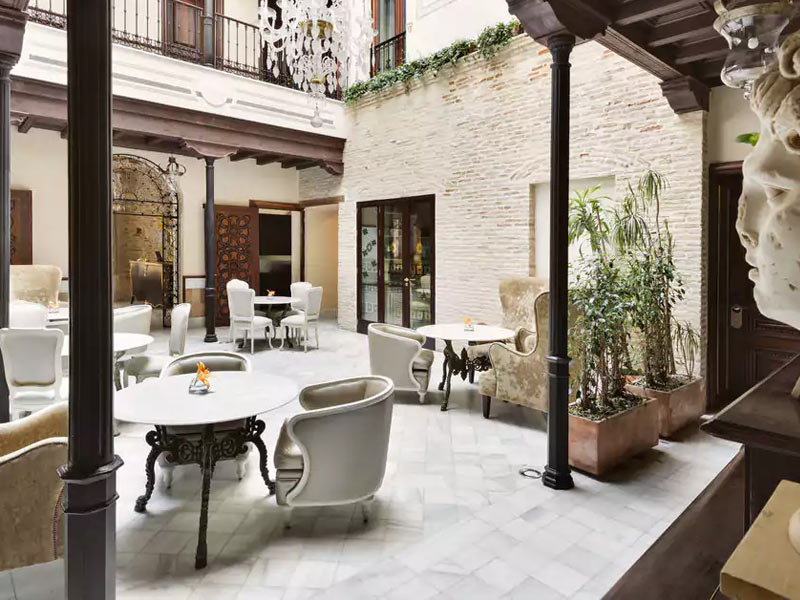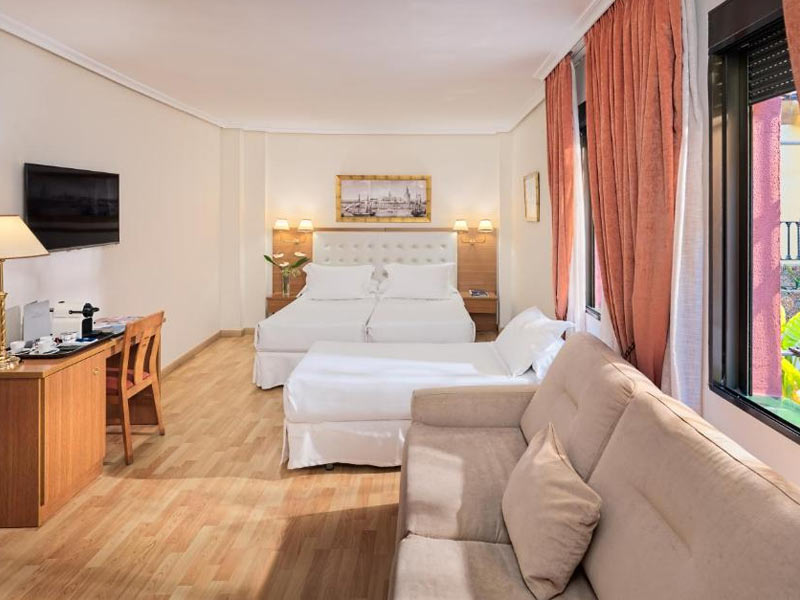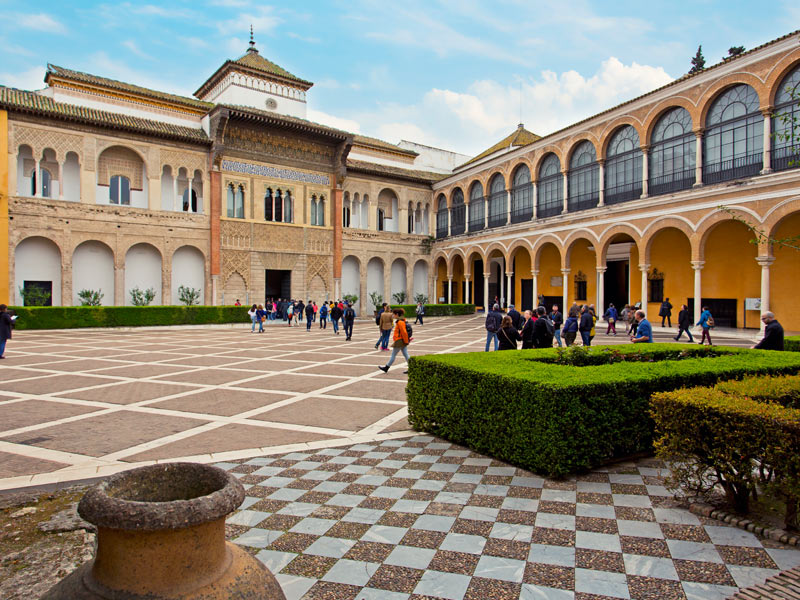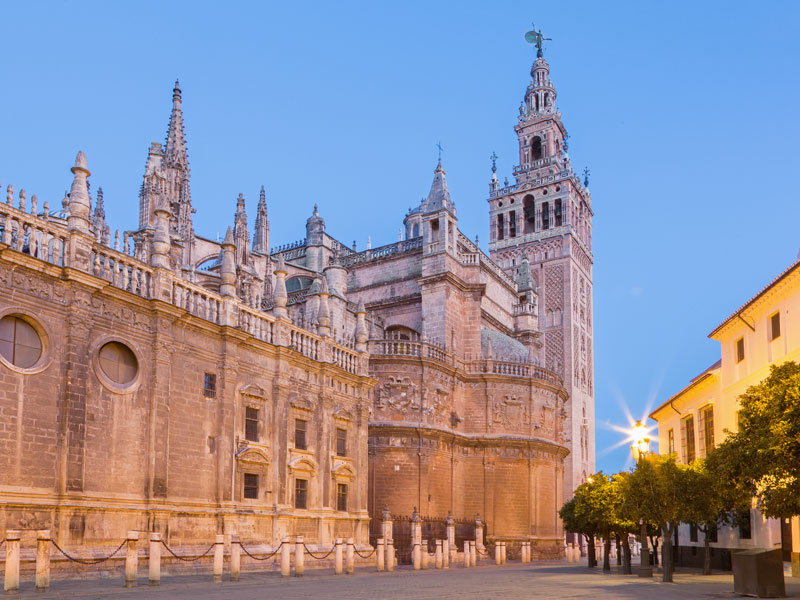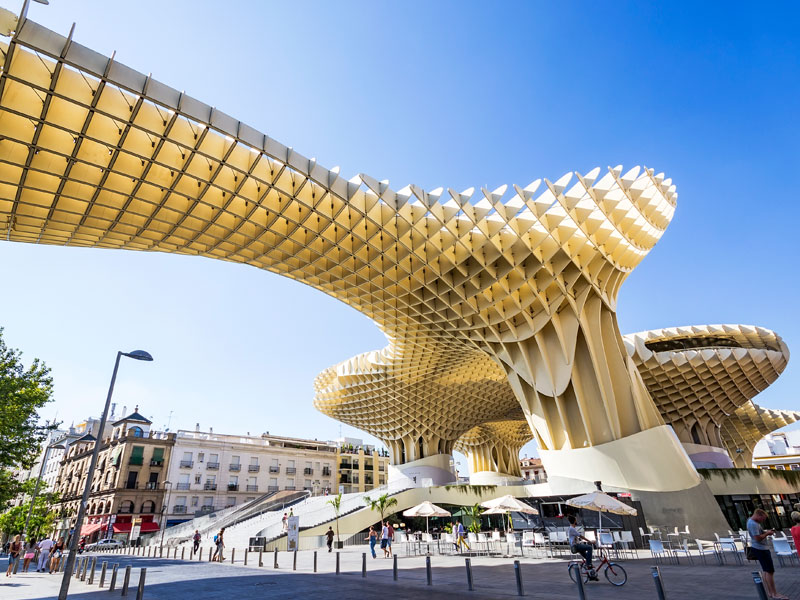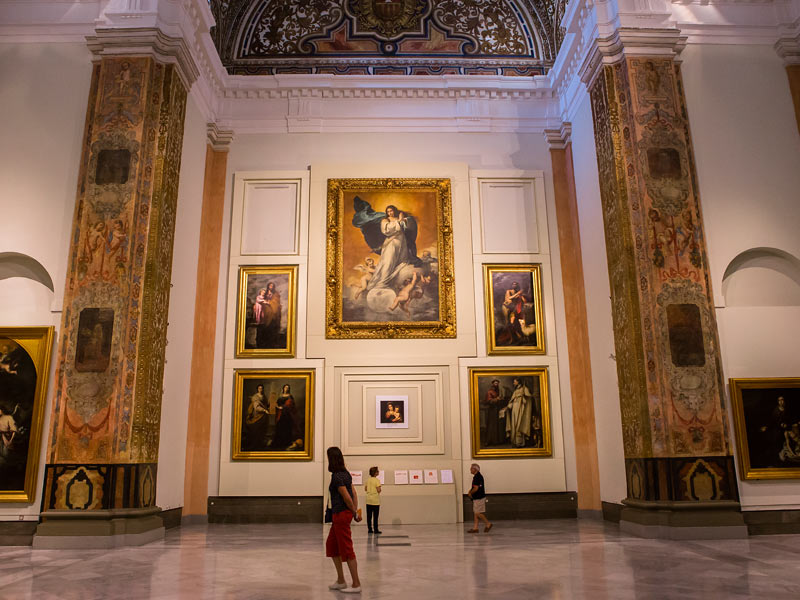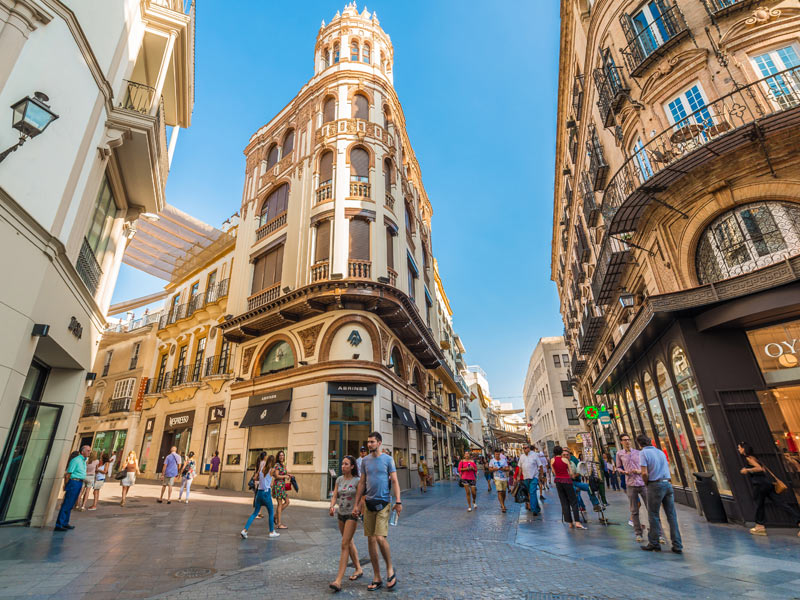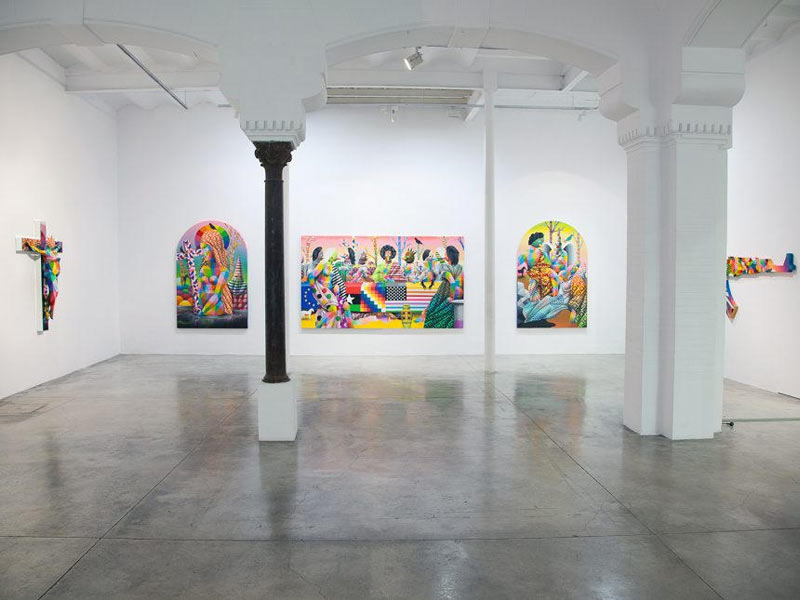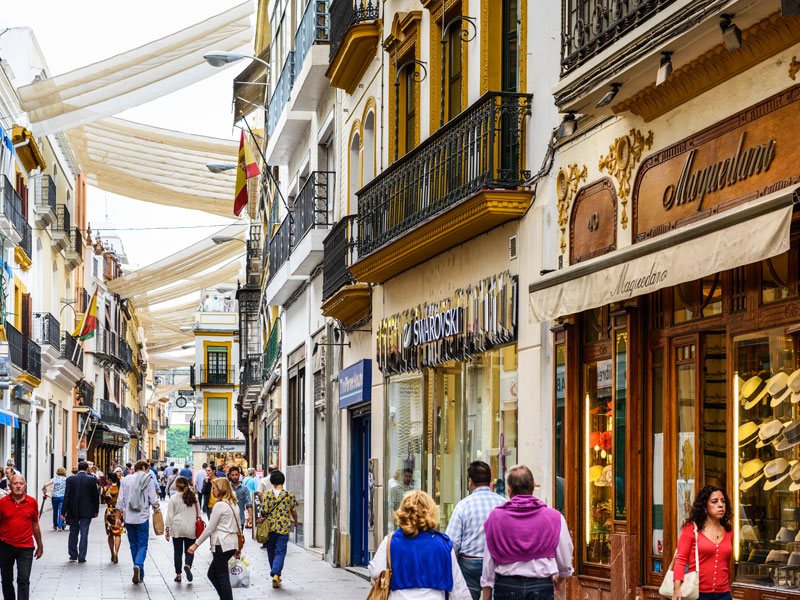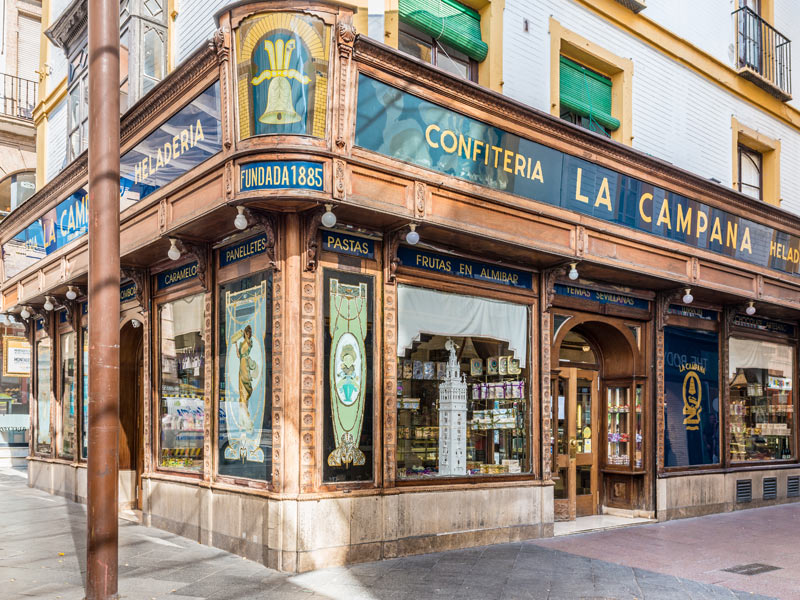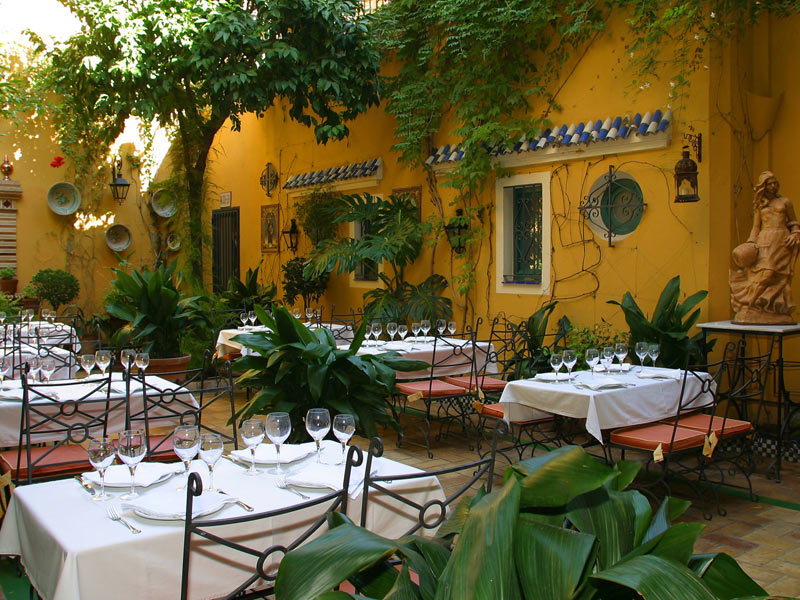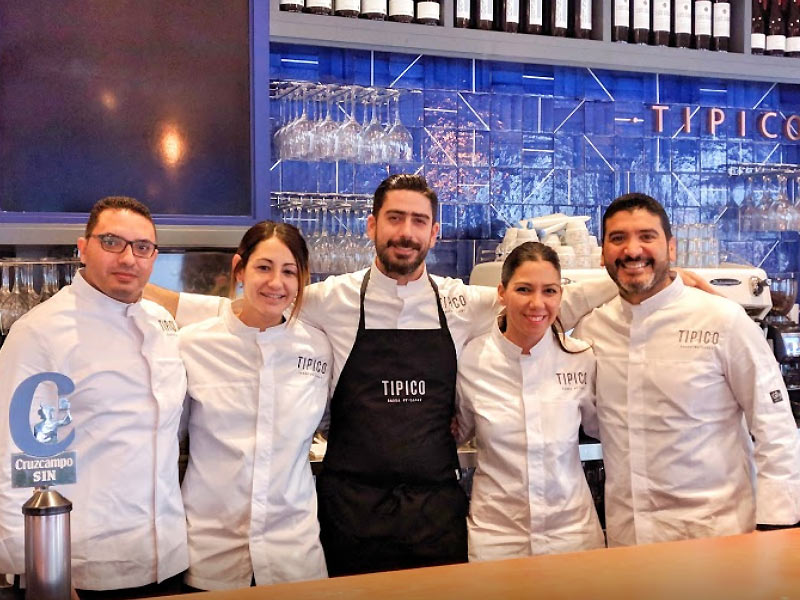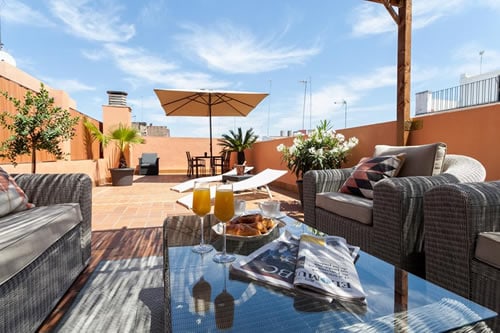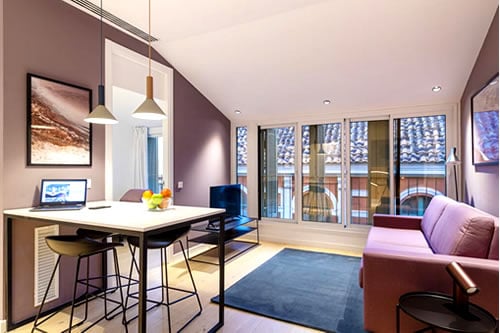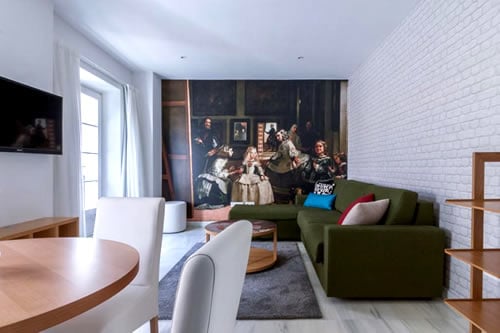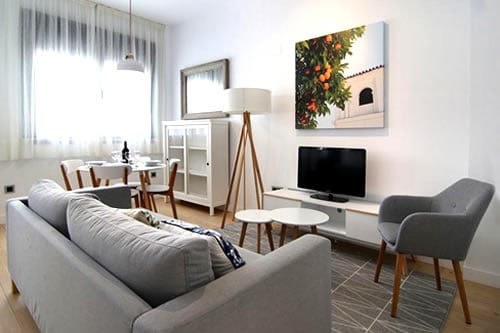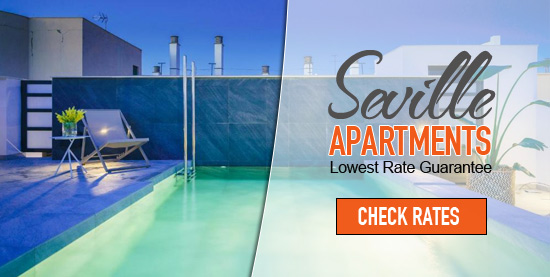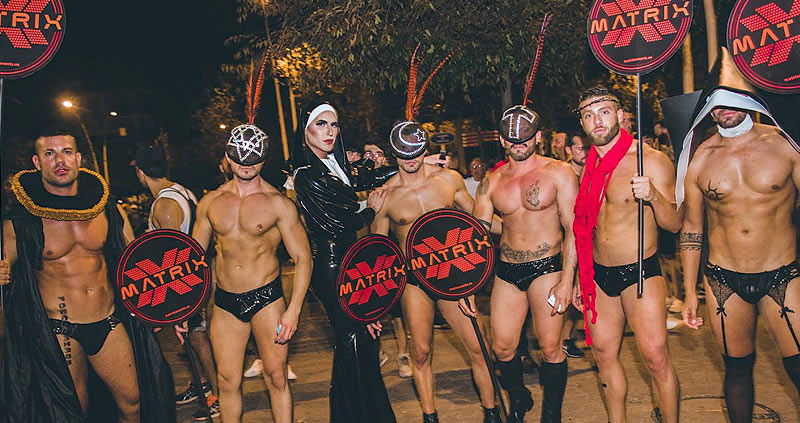
Seville’s gay scene comes alive during the Summer season with many visiting circuit parties from Madrid and beyond!
Seville has very distinct areas, or barrios, from the historic Barrio Santa Cruz, to bohemian Alameda, and down-to-earth Triana
Santa Cruz
Surrounding the central plaza on which Seville’s mighty cathedral squats is the charming old Jewish neighbourhood of Santa Cruz, one of Andalusia’s most iconic barrios. This is the colourful, characterful centre of old Seville, and although it’s always packed with tourists, it hasn’t lost the small-town ambiance that has defined it for centuries. In this maze of narrow cobbled streets and achingly romantic squares are to be found some of the city’s best tapas bars and flamenco joints, but just to wander around Santa Cruz (and almost certainly getting lost, if it’s your first time) is an experience in itself. Particularly beautiful is Calle Agua (‘Water Street’), which runs along side the wall of the Alcazar, and the square it leads onto, Plaza Alfaro; on the latter can be found the building said to have inspired the balcony scene in Romeo and Juliet.
Triana
Alongside Santa Cruz, the Andalusian capital’s most famous barrio is Triana, the former Gypsy quarter that sits across the Guadalquivir river from the city’s main tourist attractions. From its pretty, myth-laden streets have come some of the most influential flamenco artists and bullfighters of the last couple of centuries. Its deep association with these two Gypsy art forms is reflected in the wealth of old-style tapas bars, the walls of which are often plastered with old bullfighting posters and photos of flamenco artists (and the odd weeping Virgin Mary). It is also known for lovely handmade ceramics, which attractively adorn the walls of its old, whitewashed houses, and one of Seville’s best and most lively markets, the Mercado de Triana.
Feria – The Gay District Alameda de Hércules
A barrio whose name means ‘party’ couldn’t fail to make it onto a list of Seville’s coolest neighbourhoods. Comprised of several streets clustered around Calle Feria, the barrio’s central artery, this lively, attractive part of town stretches from north to south alongside the vast Alameda de Hércules, one of the city’s most popular nightspots, and brings you out in a bar-packed area of central Seville. Feria’s principal street, the shabby Calle Feria, hosts Seville’s best flea market every Thursday, where you can buy all manner of treasures from its noisy, hectic vendors.
Seville’s Gay Scene can be found dotted around Alameda de Hércules. This plaza attracts a mix of local gays, tourists and hipster students. The busiest gay bars, bear bars and nightclubs are just a stone’s throw from ‘el Alameda’. The district is home to some of the best tapas bars serving world class food, mixing old favourites with a twist. The nightlife and food scene is constantly evolving and the city’s bars and restaurants are very gay-friendly. Compared to Spanish hotspots such as Madrid and Barcelona, Seville is a relative bargain with low priced drinks and great value dining options.

